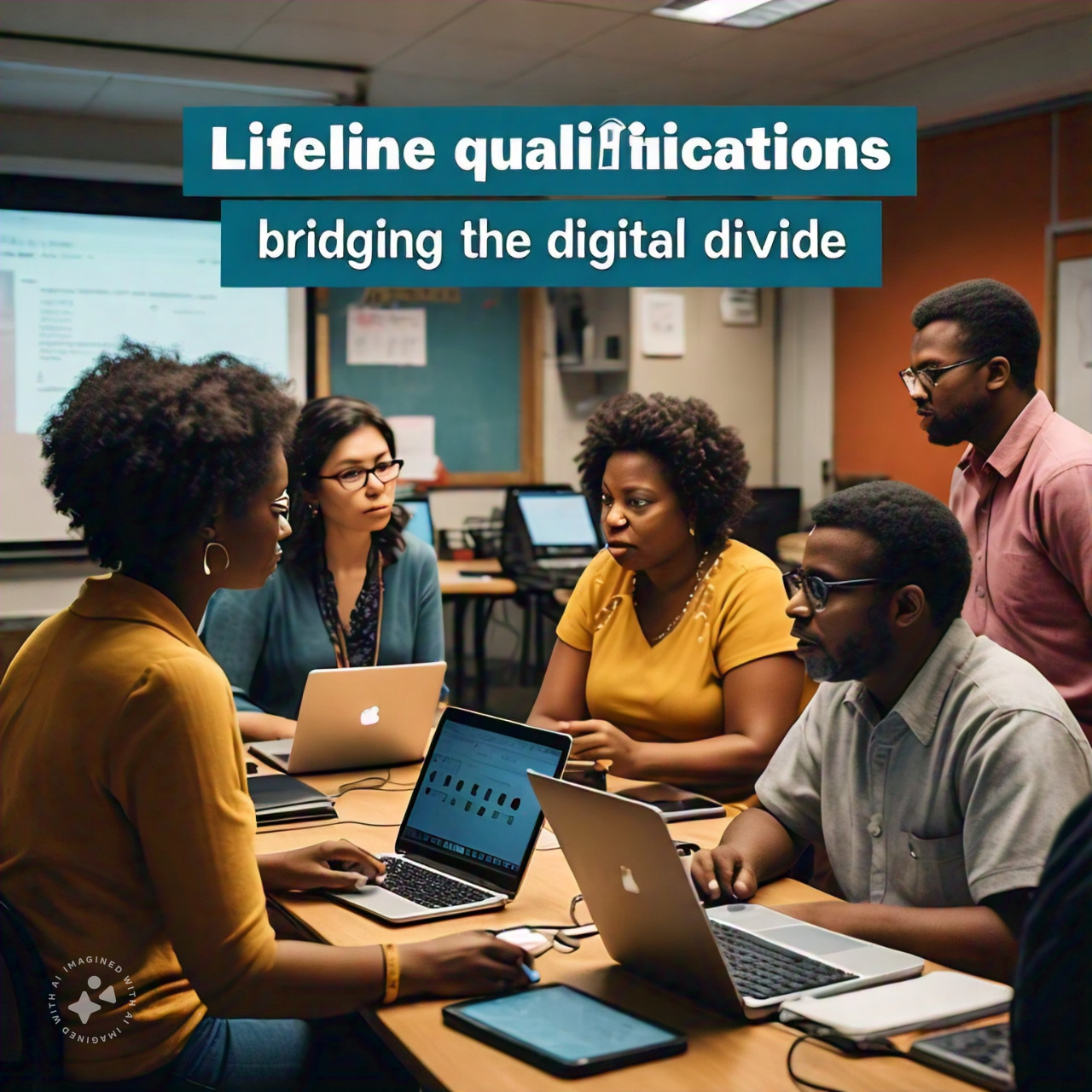Post Preview
Table of Contents
- Introduction
- Bridging the Digital Divide
- Economic Impact
- Health and Well-being
- Education
- Challenges and Solutions
- Real-Life Stories
Introduction
Lifeline programs have become an essential resource for low-income households in today’s digital age. These programs help bridge the gap by providing affordable telecommunication services to those in need. Understanding the Lifeline qualifications is the first step towards accessing this invaluable service. Enrolling in such programs can drastically improve the quality of life for individuals and families by ensuring that they stay connected with the world around them.
With technology constantly evolving, being connected is more critical than ever. Lifeline programs offer a pathway for low-income families to enjoy the same digital benefits as others. This essay will look at the many advantages of Lifeline services and how they improve health, education, and financial stability, among other things. The overarching aim is to show how these programs foster inclusivity and offer a metaphorical and literal lifeline.
Bridging the Digital Divide
Access to the internet is more critical now than ever before. It is the backbone of education, employment, and communication. Yet, many low-income households need help accessing reliable internet services. Lifeline programs are pivotal in bridging the digital divide by making internet services accessible to low-income families who might otherwise be left out of the digital world. The playing field is leveled with more people having equal access to opportunities and services that many take for granted.
The “digital divide” refers to the gap between those without easy access to digital technology and the internet. This divide has significant implications, especially for low-income families who may miss out on educational, economic, and social opportunities. Lifeline programs address this gap by offering affordable internet plans, enabling these households to connect with the broader digital ecosystem. It enhances their quality of life and ensures they are included in a rapidly evolving digital world.
Economic Impact
Lifeline programs not only reduce financial strain but also open up employment opportunities. Individuals with access to reliable communication services are likelier to find and retain jobs. According to a study, areas with better broadband access have seen significant economic growth compared to less connected regions. It highlights the direct correlation between internet access and economic development.
Access to the internet can also facilitate entrepreneurship, enabling individuals to start small businesses or freelance careers. In addition, online job boards, remote work opportunities, and gig economy platforms become accessible to those with reliable internet, further broadening their economic prospects. Therefore, Lifeline programs aid in immediate financial relief and lay the groundwork for long-term economic stability.
Health and Well-being
Access to telecommunication services can also profoundly impact health and well-being. Telehealth services have become a lifeline for many, especially during the pandemic. With the help of Lifeline programs, low-income households can access telehealth services, making healthcare more accessible and affordable. It can lead to earlier diagnoses, better management of chronic diseases, and overall improved health outcomes.
Mental health is another area where these programs shine. Having access to online support groups and counseling services is beneficial for people dealing with mental health issues. Connecting with healthcare providers and mental health professionals from the comfort of one’s home removes several barriers to seeking help, such as transportation and childcare issues.
Education
The importance of Internet access in education cannot be overstated. Given the popularity of online learning platforms and digital classrooms, students require dependable internet connectivity to do homework and participate in virtual learning. Lifeline programs help ensure that all students, regardless of their financial background, have the tools to succeed academically. In this era of digital learning, where students cannot afford to fall behind because they need access to the Internet, it is crucial.
During the COVID-19 pandemic, the shift to online learning made the digital divide more apparent than ever. Students in low-income households who lacked reliable internet access were disadvantaged. Lifeline programs aim to mitigate this disparity by offering affordable and reliable broadband services so no student is left behind. This level of access is indispensable for homework, research, and even communicating with teachers and peers.
Challenges and Solutions
Even with all of the advantages, problems still need to be solved. The enrollment procedures might be laborious, and there is still room for improvement regarding public knowledge about Lifeline program availability. Streamlining the application process and spreading awareness through community outreach can maximize the reach and impact of these programs. Easier application processes could include simplified online forms and multilingual support.
Another significant challenge is the stigma some may feel about enrolling in assistance programs. Educating the public about Lifeline’s significance and advantages is helpful while avoiding stigmatizing the need for assistance. Collaboration with community leaders and organizations can also boost participation rates and ensure the information reaches those who most need it.
Real-Life Stories
To truly understand the impact of Lifeline programs, it’s essential to look at real-life stories. Many individuals have been able to transform their lives thanks to these programs. Consider the story of a single mother who was able to secure a remote job thanks to her newfound internet access through a Lifeline program. This opportunity provided a stable income and allowed her to spend more time with her children.
Another example is a senior citizen who could continue his routine medical appointments via telehealth. It was especially crucial during the pandemic when physical visits were not an option. These narratives highlight the multifaceted benefits of Lifeline programs and underscore their critical role in improving the quality of life for low-income households.
Stay in touch to get more news & updates on Essential Tribune.Com








